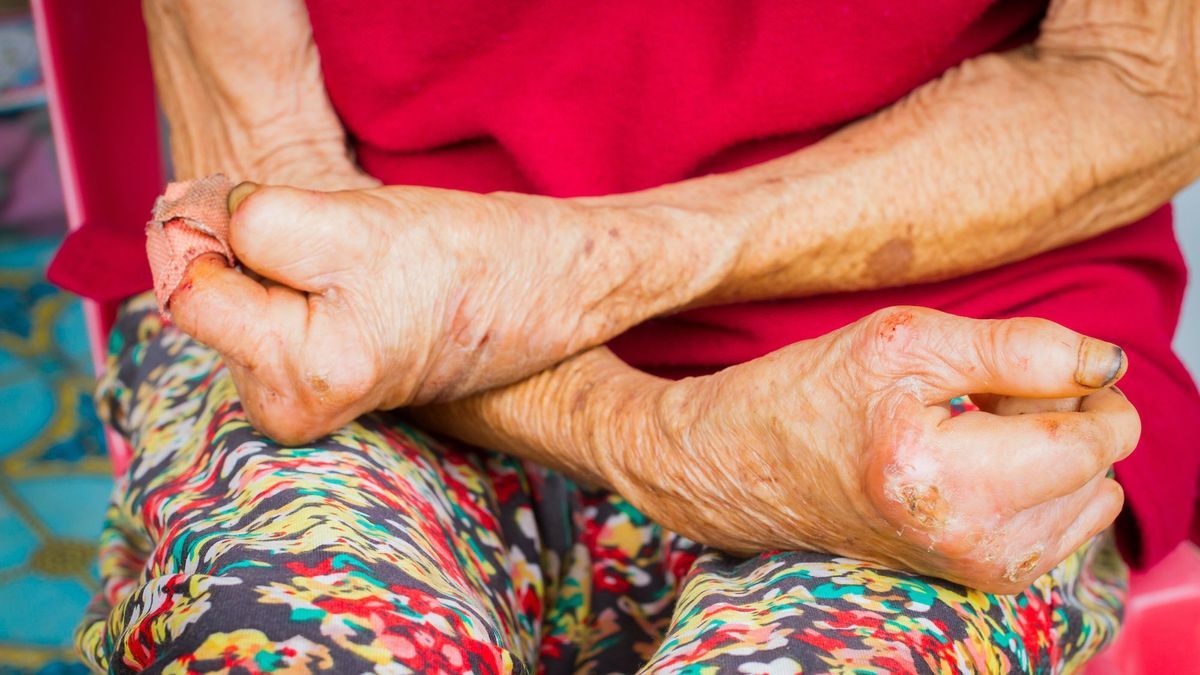
While it seemed to have disappeared long ago in Western countries, leprosy is making a remarkable comeback in Florida, in the United States, where it is on the way to becoming endemic. Should we expect to see cases appear in Europe? Dr. Gérald Kierzek, emergency doctor and medical director of TipsForWomens, answers us.
A disease forgotten in Western countries, leprosy could well become endemic in central Florida. Among the 159 confirmed cases in 2020 in the southern states of the United States, one in five concerned a resident of Florida, reports an article issued by the US Centers for Disease Control and Prevention (CDC) this August. Disturbing information.
Infections that took place on American soil
The resumption of this disease raises questions for scientists. Historically, leprosy, caused by the bacteria Mycobacterium leprosy is not common in the United States. The cases noted in particular in the 1980s until the 2000s mainly concerned immigrants from countries in which the disease is still endemic today (South and South-East Asia, Latin America and Africa).
But the published report indicates that 34% of leprosy cases in the United States today are indigenous, with no exposure to animal reservoirs or known risk factors. The case of a 54-year-old man is given as an example: without having travelled, without having been in contact with animals or infected people, the man contracted a painful and progressive rash. First hit in the extremities, the lesions eventually reached his chest and face. The man is being treated with polychemotherapy, a combination of three antibiotics (dapsone, rifampicin and clofazimine) which should eradicate the bacteria within six months.

The origin of these new autochthonous cases is not yet clearly identified. Scientists suggest several possibilities: the presence in the state of Florida of nine-banded armadillos, possible reservoirs of the disease, or an asymptomatic form of leprosy present in immigrants, which could take between 5 and 20 years to declare the diseases. first symptoms. The search continues.
Should we fear leprosy in Europe?
If leprosy is gaining ground in the United States, what about Europe and Europe? Should we fear a resurgence of this disease? On this subject, Dr Gérald Kierzek remains pragmatic:
“It is a disease associated with precariousness, immigrant populations or people who have worked abroad. So why not, cases are not impossible”.
A 2017 study also reported 160 cases in Europe between 2001 and 2015. However, the specialist sees no reason to panic.
“Already, it should be remembered that leprosy is not very contagious. It is transmitted by droplets and nasal secretions of infected people. But it is a contagion which requires several contacts, which is delayed and which can take years to appear. Then, it is a condition that can be treated with antibiotics. There is no reason to panic”.
On his site, the Institut Pasteur specifies: “The treatment recommended by the WHO since 1981 makes it possible to cure the sick and to avoid, if it is administered early, disabilities. This is polychemotherapy (PCT), which consists of the administration of three antibiotics (dapsone, rifampicin and clofazimine). Paucibacillary leprosy can be cured in 6 months and multibacillary leprosy in 12 months. In addition, patients are no longer infectious from the first dose of PCT, and their ability to transmit leprosy is therefore interrupted.
In 2019, according to the World Health Organization, 202,256 new cases of leprosy were recorded worldwide, in 161 countries. Leprosy remains a major problem in 14 countries in Africa, Asia and Latin America.
